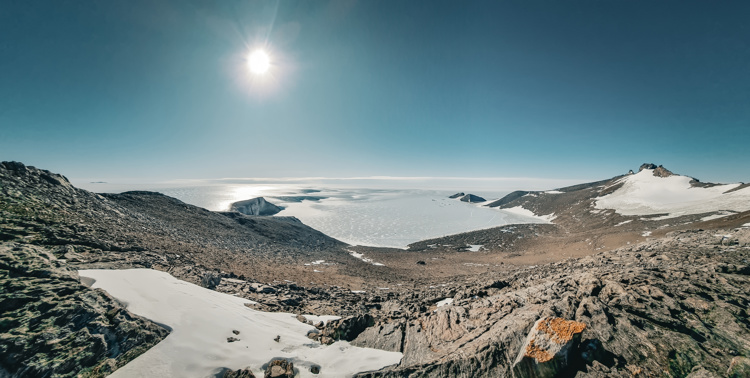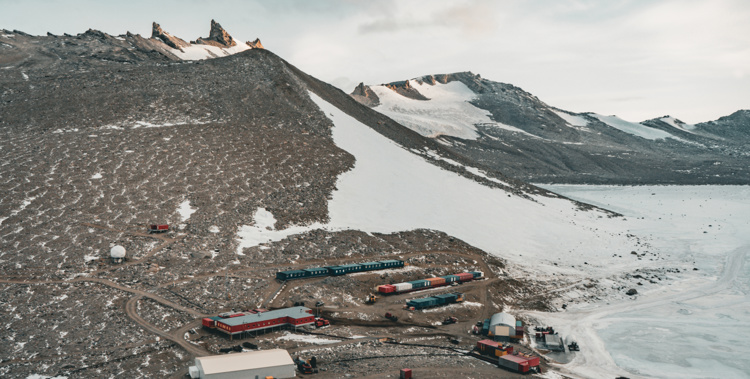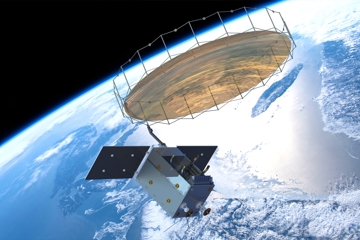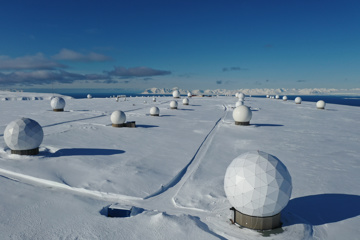Antarctica is the 5th largest continent on the planet and the only without a native human population. It covers an area 40 percent bigger than Europe and is mostly covered by a thick ice sheet.
Antarctica Day- celebrated on 1st of December, marks the day of signing the Antarctic Treaty in 1959. The documents ensure freedom of scientific activities and exchange of findings as well as prevent the environment and militarization of Antarctica while solving any potential land claims between the countries.
The Treaty was originally signed by 12 nations, including Norway, whose scientists had been active in and around the continent. To the present day a total of 56 countries have joined the Treaty.
Southernmost ground station in the world
Troll Ground Station is located on the Norway’s only all-year research station in Antarctica. Built on solid ground, 300 km from the ice edge and run by the Norwegian Polar Institute. The focus is to conduct monitoring activities within meteorology, radiation, atmosphere, upper atmosphere, pollutants, and seismology.
Trollsat is the second fastest growing station for KSAT, over 20 antennas strong with more to be built every season. It serves an important role in the low orbit ground network services and allows the most frequent possible communication with satellites. A lot of the data downloaded here is used for research, weather forecasting, climate, and environmental monitoring.

Unique workplace
Every year, a specialized crew of system-, antenna-, IT, network, -electrical- and automation engineers, travel to the station to perform necessary upgrades and maintenance work -and build new antennas.
– This Antarctic summer season, our team will concentrate on upgrades and maintenance of the existing infrastructure and build one more antenna. The departure is scheduled for the end of January and the work will continue util March, Thomas Rochmann, principal antenna engineer at KSAT says.
The climate at the station puts both the equipment and people to the test. Wind can reach 300km/h and temperatures of around minus 50 degrees Celsius are not uncommon. Planning logistics and operations in such a remote and strictly protected environment is quite a challenge- but one that KSAT goes to great lengths to complete with the highest level of care and professionalism.

A sustainable future
Based on the recent approval from the Norwegian government, Troll research station is to be upgraded within the next 6-8 years. Work will start next year and focus on facilitating a sustainable infrastructure with solutions that not only will prolong the life of the station but also allow the operations to be performed while leaving a minimal environmental footprint.



